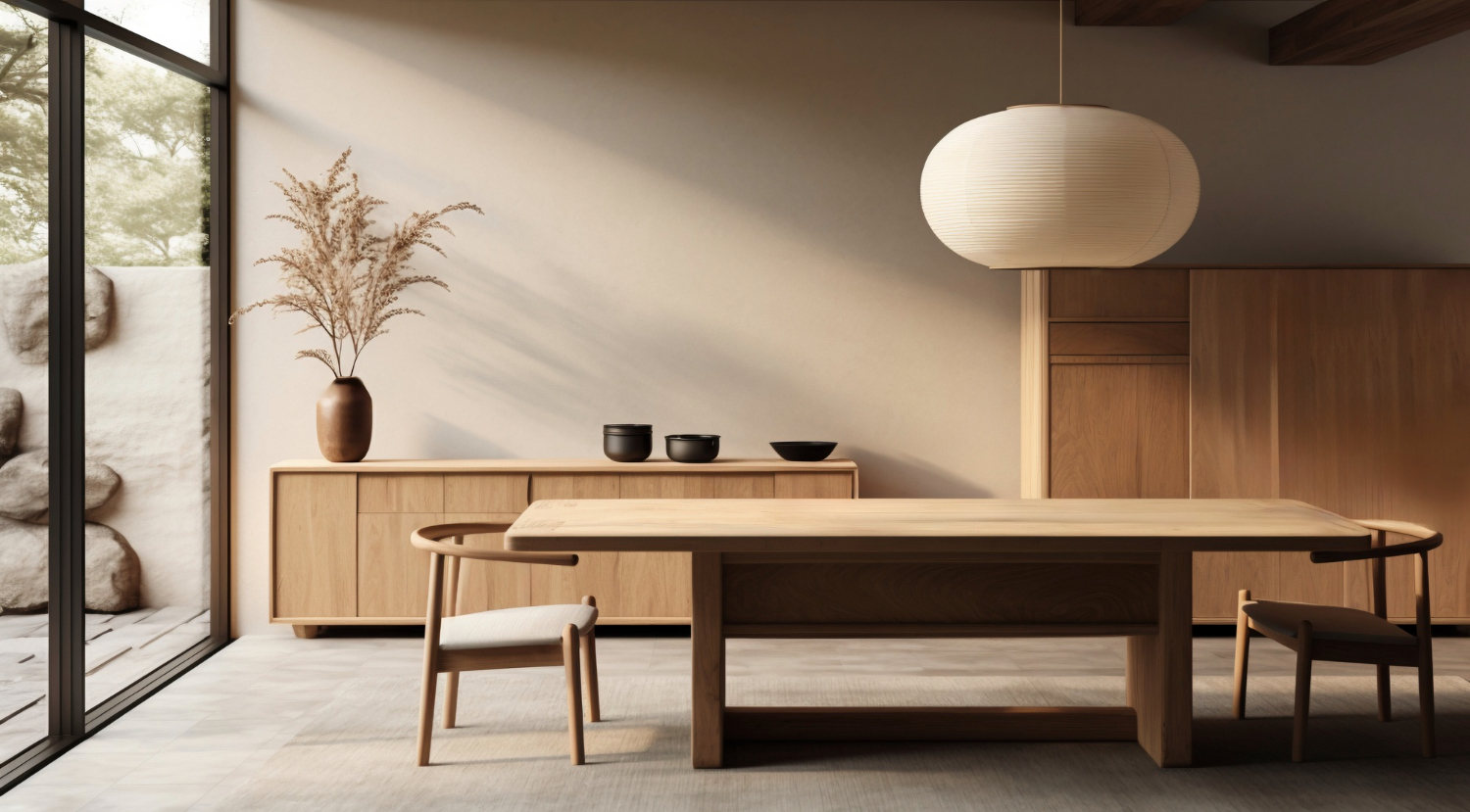Montessori decor: Tips on how to apply it to a kid’s bedroom

Montessori decor for a kid’s room is the key to our little ones’ development, given that the environment they grow up and live in has a big impact on their well-being and ability to learn. Among all the different types of decor out there, Montessori decor is one of the most interesting.
It follows the Montessori concept, an educational philosophy that fosters independence and autonomy in children.
The fundamentals of this philosophy make it perfect as a guide on how to adapt a kid’s room to foster healthy growth.
What does the Montessori method involve?
Before looking at this type of decor in greater detail, it’s a good idea to look at where it comes from. The Montessori method, developed by the educator Maria Montessori, is based on respecting the independence and the freedom of the child to explore his/her environment and learn autonomously.
In this way, the Montessori philosophy is based around the idea that kids are naturally curious and capable of acquiring knowledge on their own in the right environment. This implies a focus on self-learning, choice and responsibility.
As opposed to the traditional learning model, it fosters an environment in which children can learn at their own pace and in line with their own individual interests.
What is Montessori decor?
In view of the above, it’s worth mentioning that Montessori bedroom decor is an extension of the Montessori philosophy applied to spaces in which kids spend most of their time, such as their bedrooms.

The goal is to create an environment that fosters independence, exploring and autonomous learning. A room decorated according to this philosophy has things such as a Montessori bed on the floor so children can lie down and get up easily, shelves at their height so they can reach books and toys, mirrors at their level to encourage self-exploration, and wooden and plastic furniture that is safe and accessible.
Advantages of decorating a kid’s room Montessori-style
Decorating a kid’s room following this method has a number of advantages when it comes to their development. Check out the main ones below.
- It fosters independence and autonomy, as their belongings are within reach and they learn to carry out day-to-day activities on their own.
- It creates a learning environment in which children can actively explore and discover.
- It fosters organisation and order.
Tips on how to decorate a Montessori bedroom
Follow some of these tips to decorate a room Montessori-style:
Place the bed on the ground
As mentioned, Montessori décor recommends placing the bed on the ground, with no structure. This means kids can lie down and get up safely, especially when it comes to decorating a Montessori baby room. For older kids, you can use some kind of small structure depending on how big he/she is.
Adapt the furniture to the child
Use wooden and plastic furniture (the more eco-friendly the better) that they can reach and with no doors so they can get to their stuff easily. Put up shelves for toys and books, so they can get into organisational habits.

Also have kid-height mirrors to encourage self-exploration and recognition of their own expressions. If possible, also give some thought to adding a support bar to help them stand up and take their first steps on their own.
Divide the space into zones
The use of zones is big in Montessori bedroom décor. For example, a personal care zone, an activity zone and a relaxation zone. This will really boost tidiness and maintain a sense of harmony.
Should Montessori decor change as the child grows?
Yes, Montessori décor should be flexible and adapt to the child as he/she grows. Kids go through different stages of development and their needs and capabilities evolve over time.
Therefore, the bedroom needs to be adapted to respond to these new requirements, as Montessori decor for babies shouldn’t be the same as for 5-year-olds, because their capabilities and needs change.What’s more, the toys and activities need to be updated to keep stimulating their curiosity and cognitive development. Flexibility and adaptability are key components of Montessori décor, as the aim is to create an environment within the home that supports the child’s growth and independence at every stage of life.


